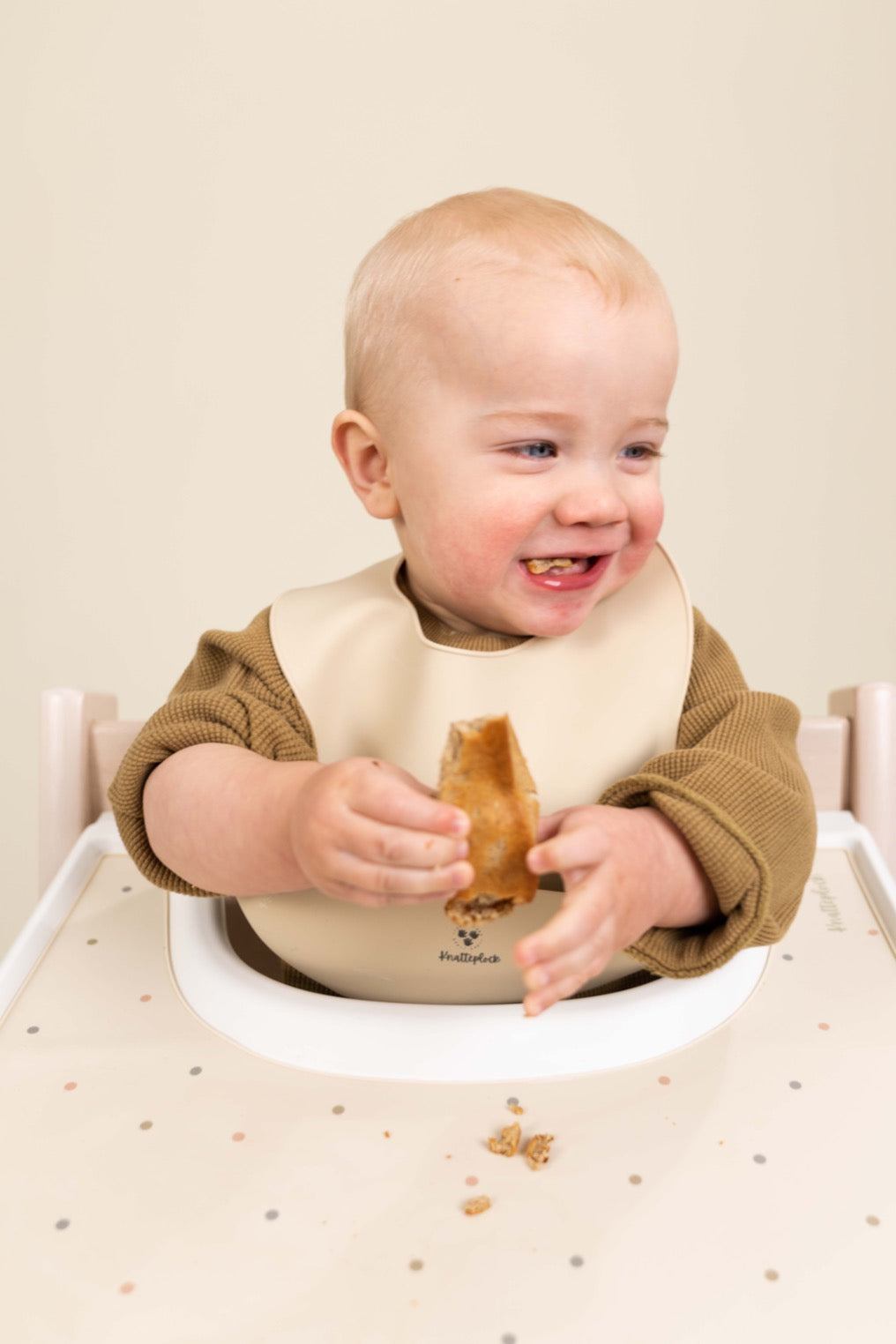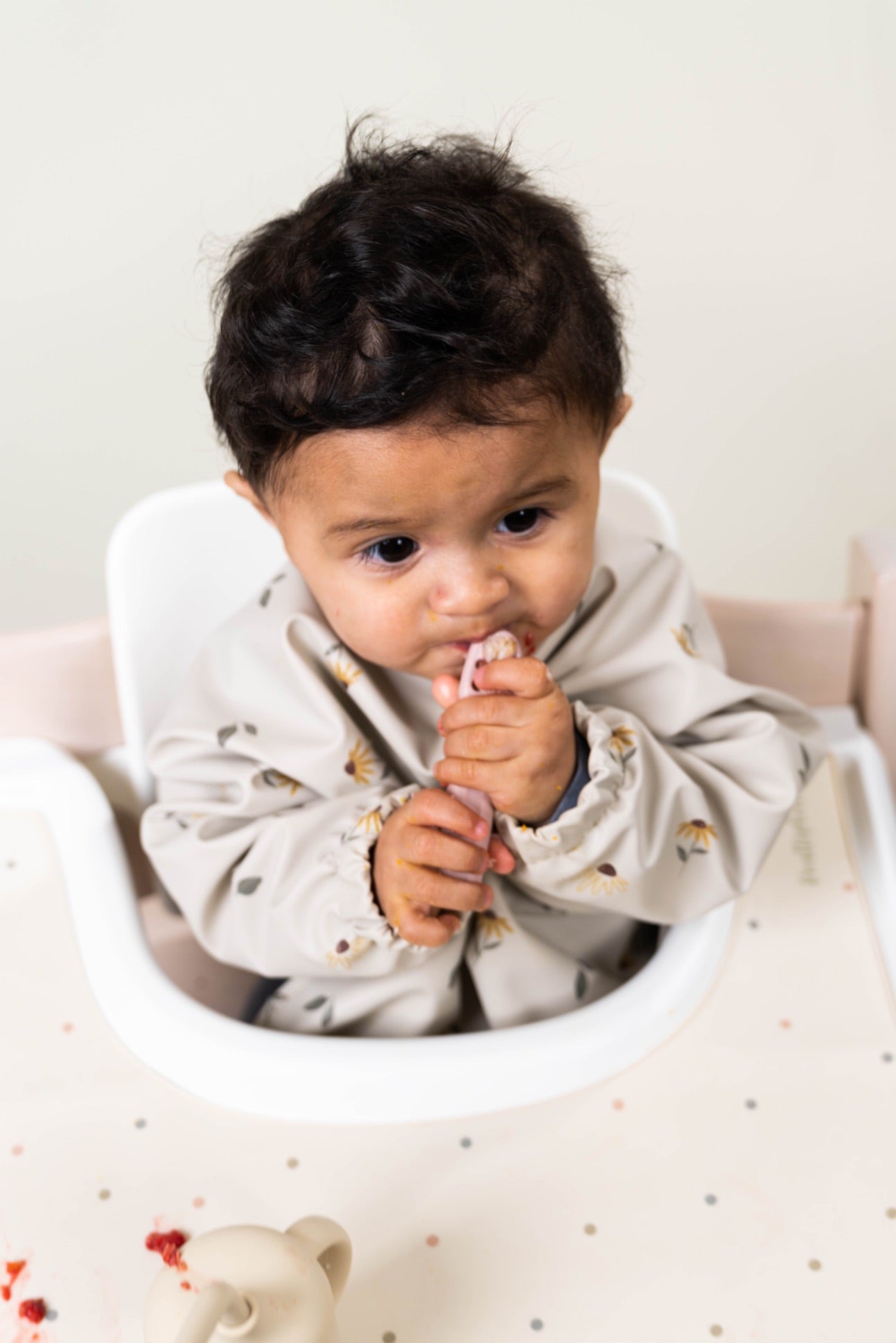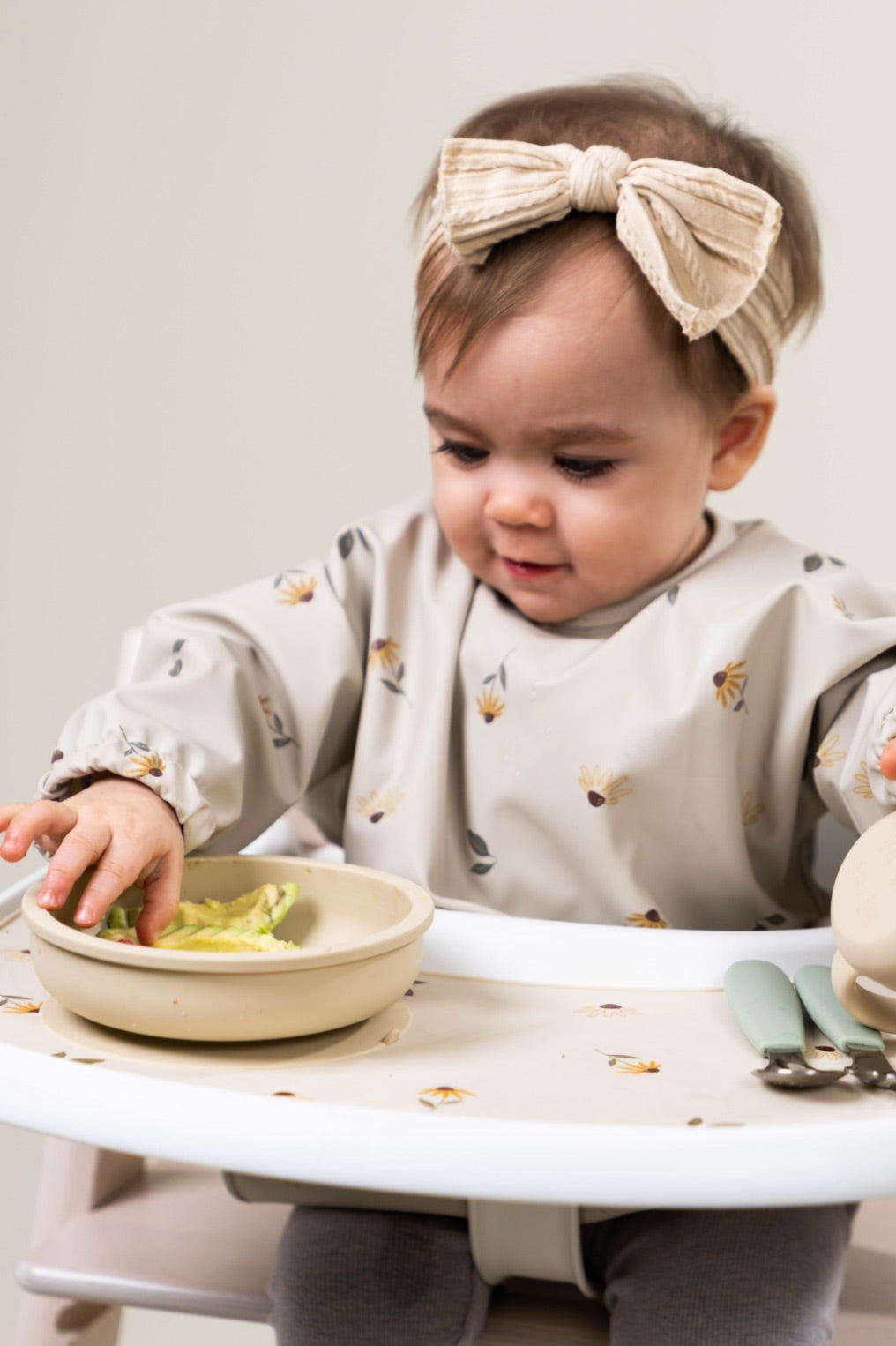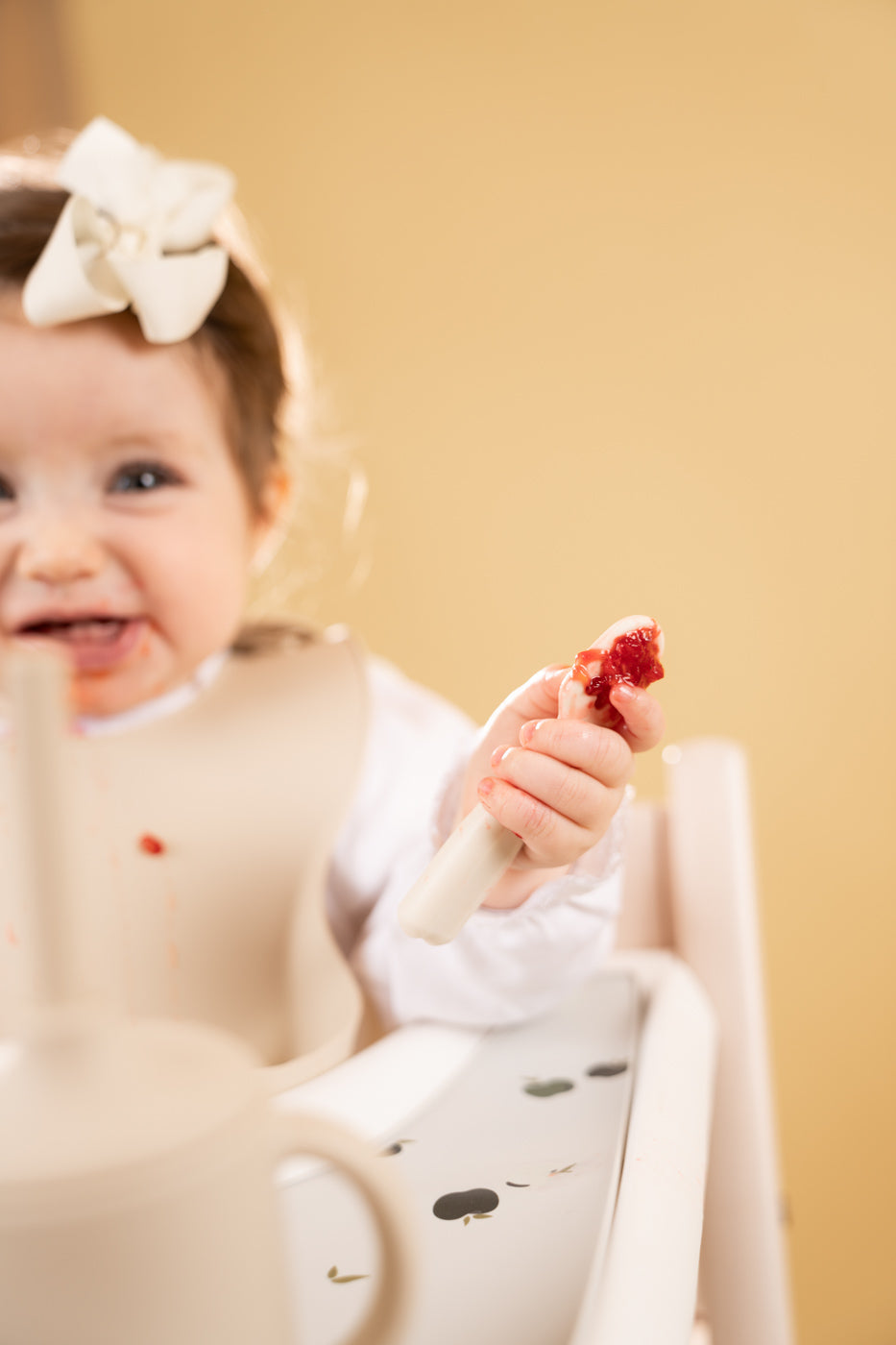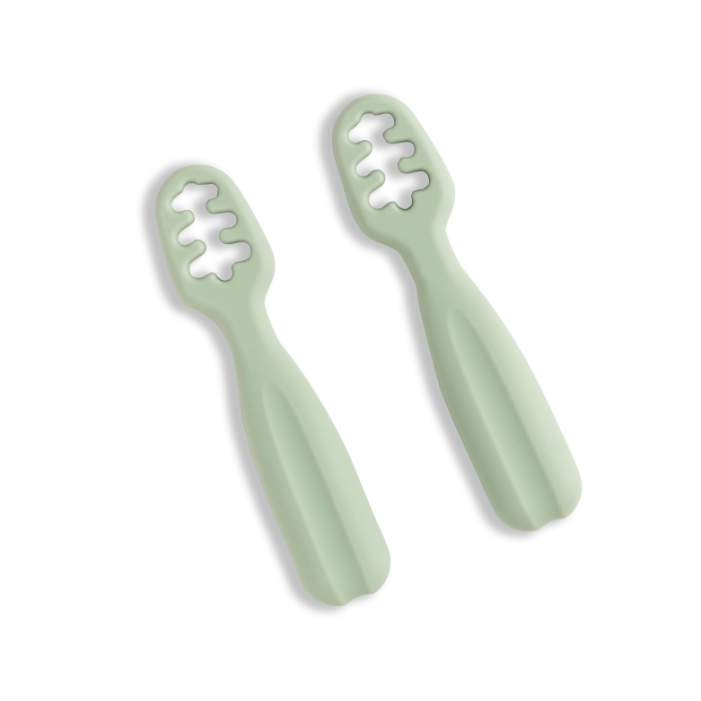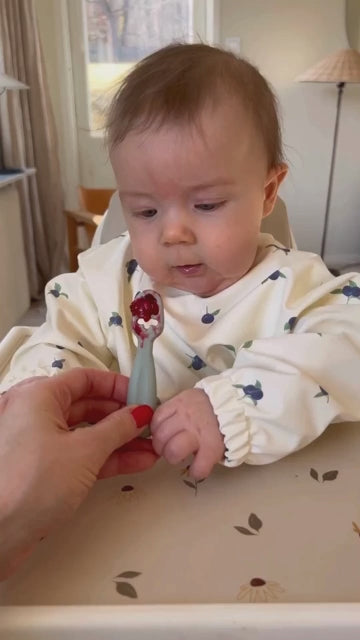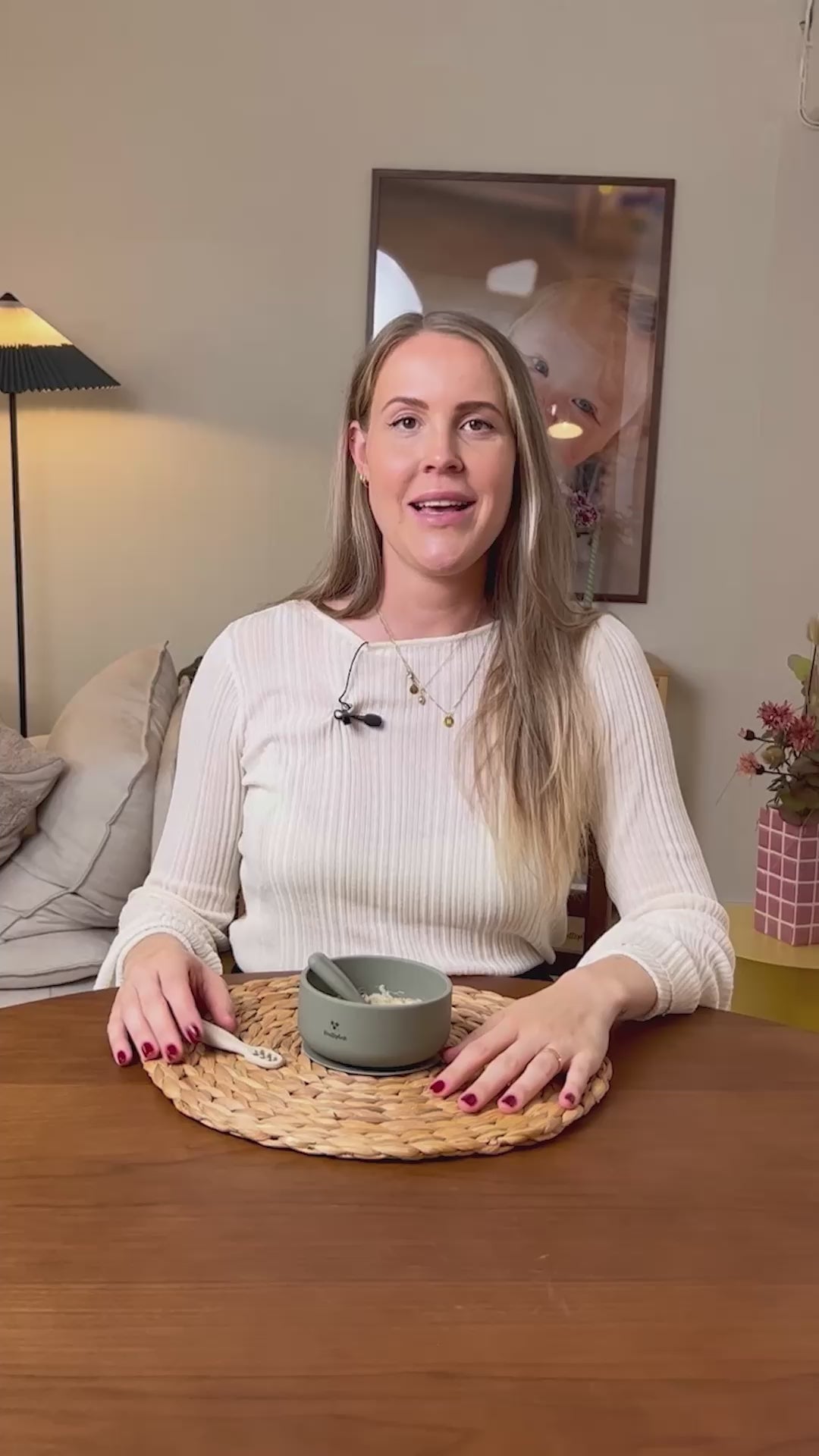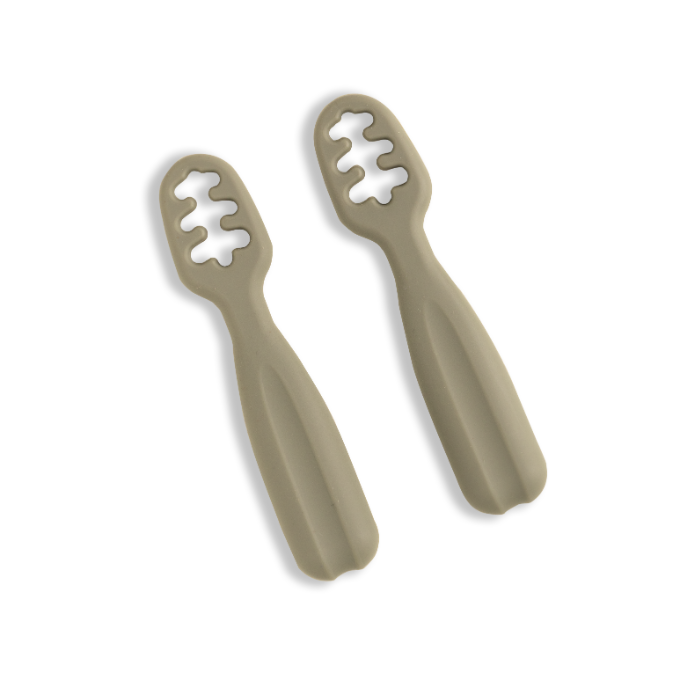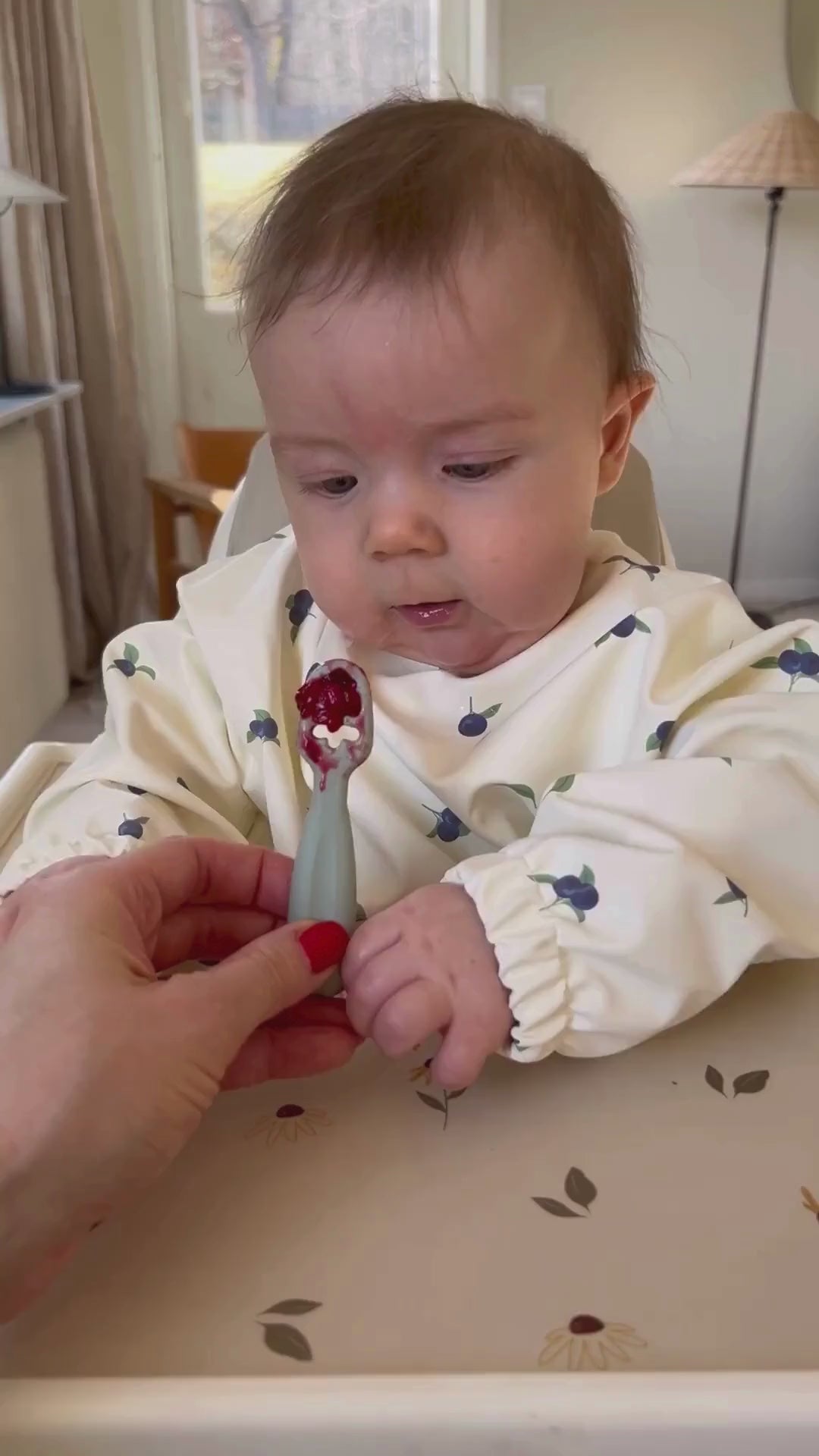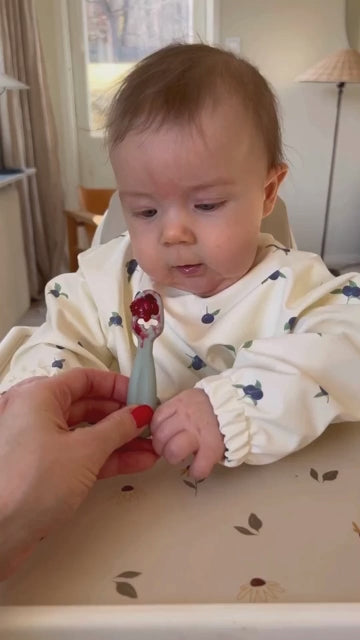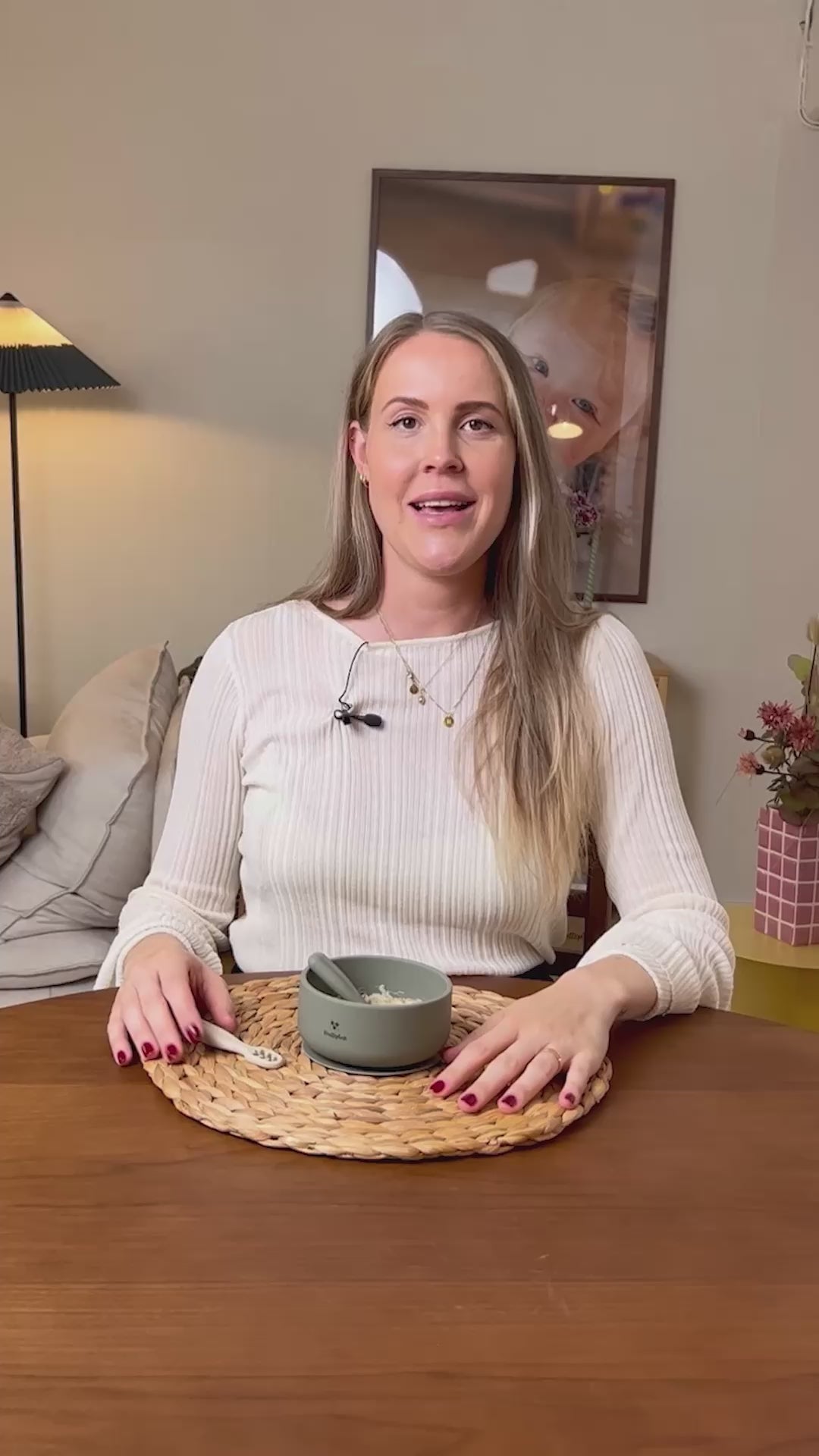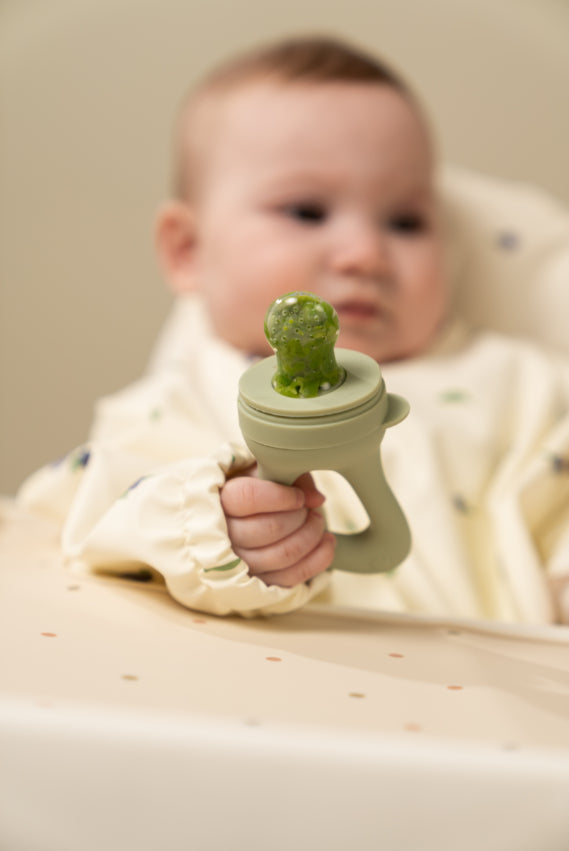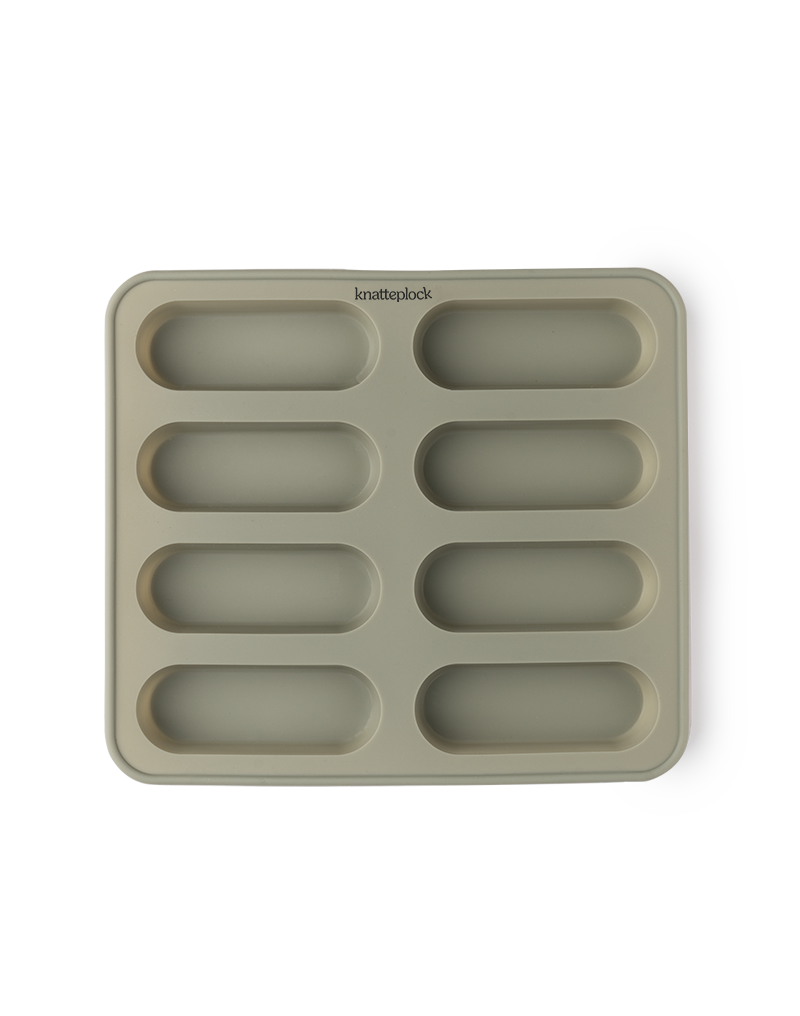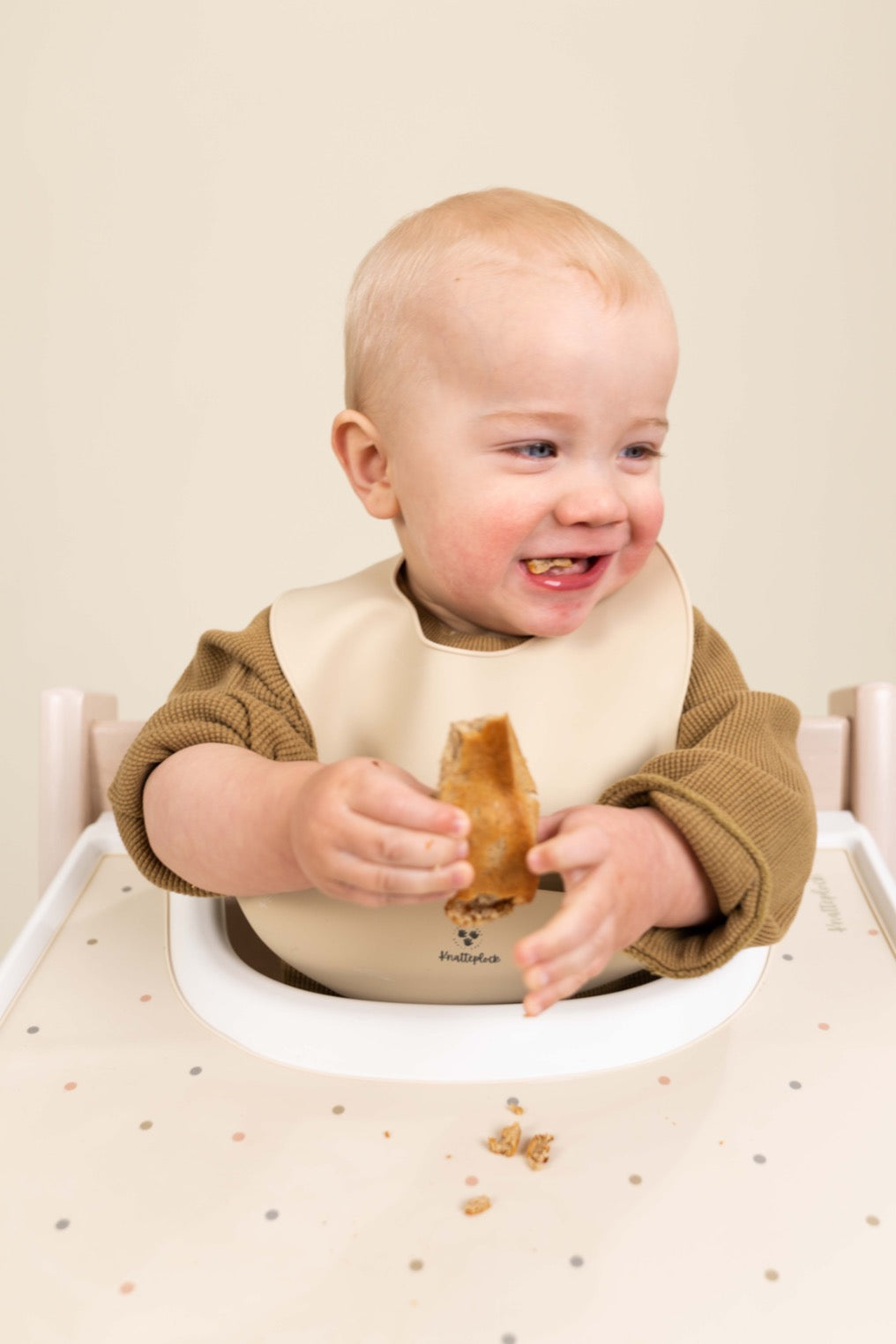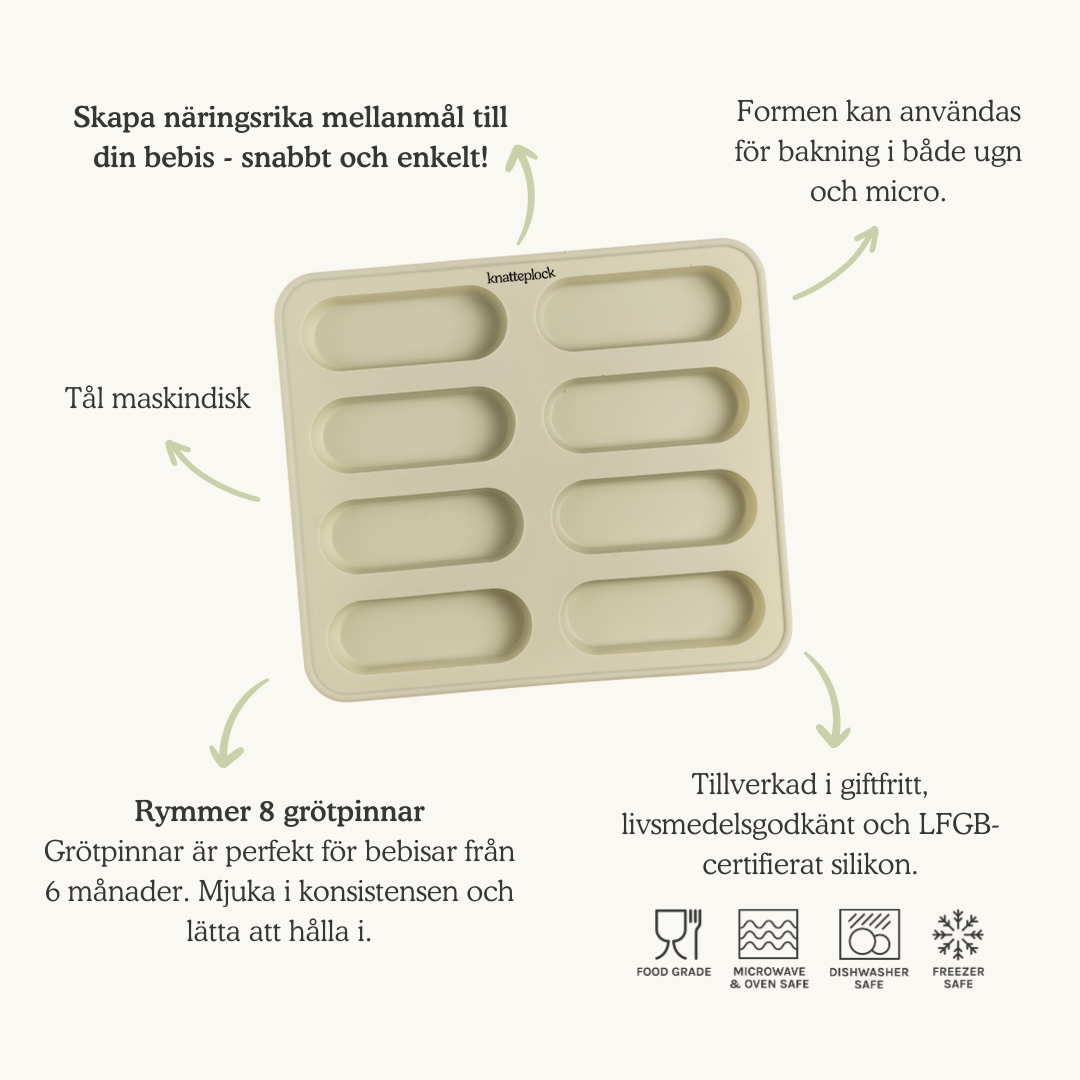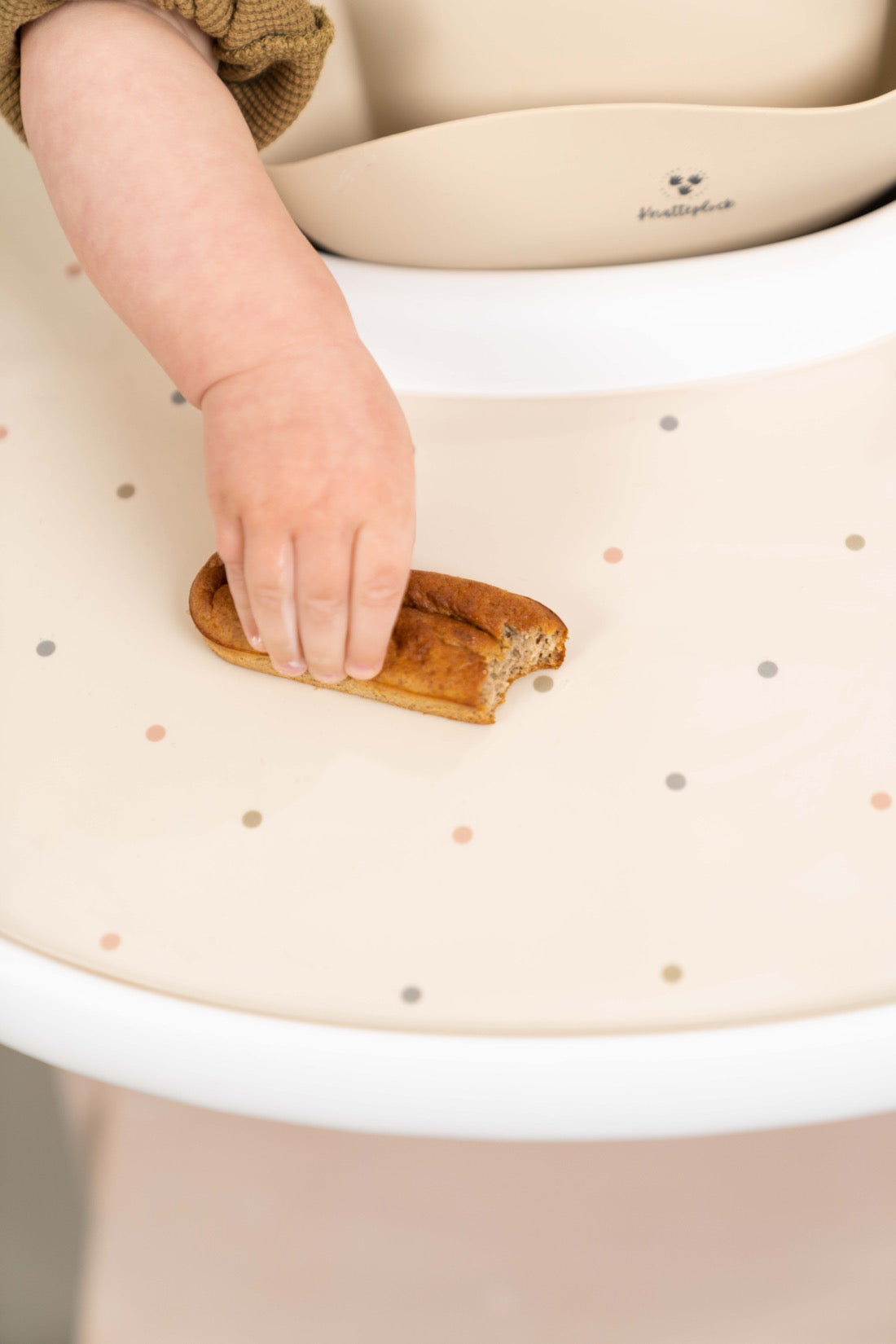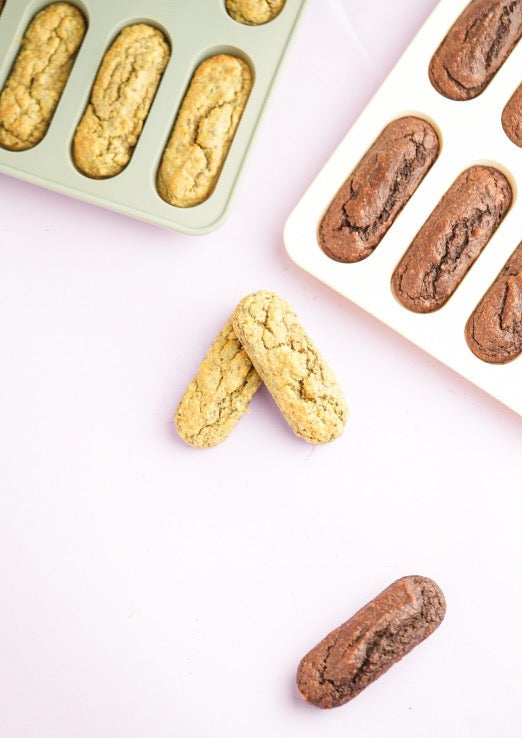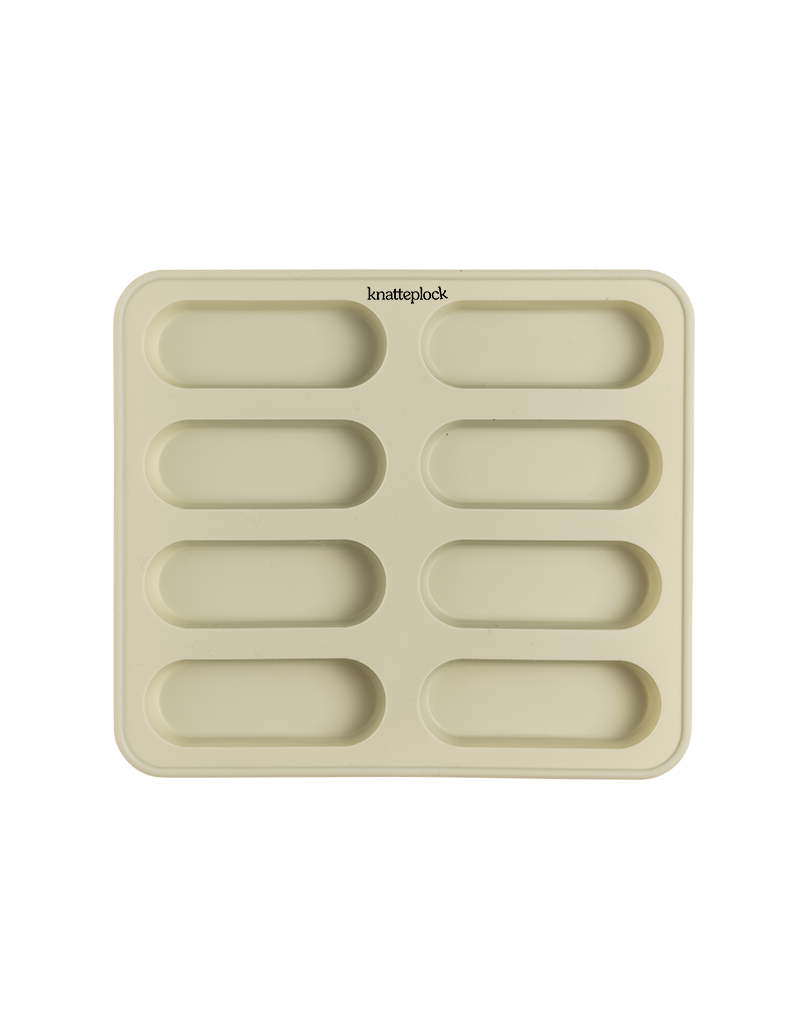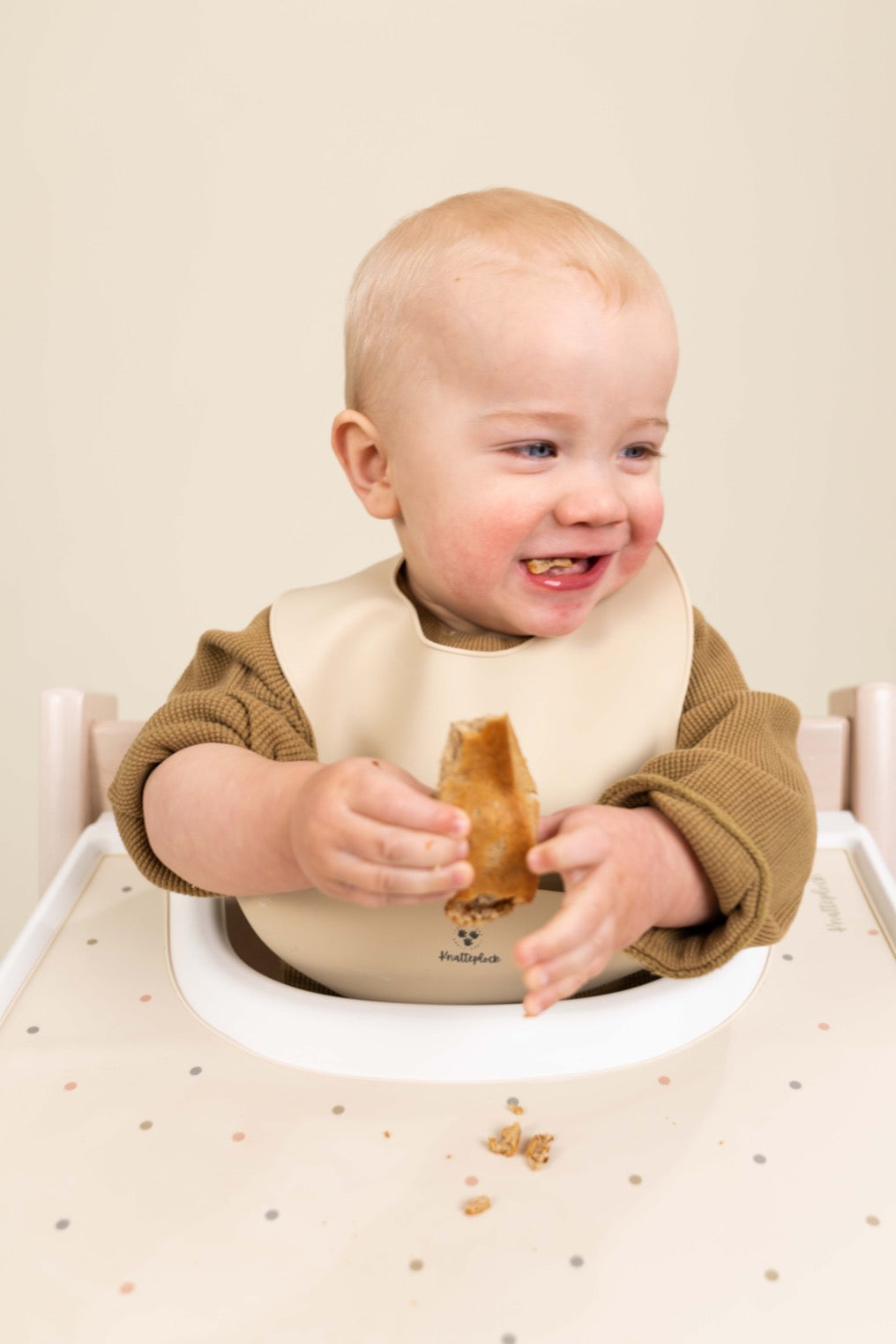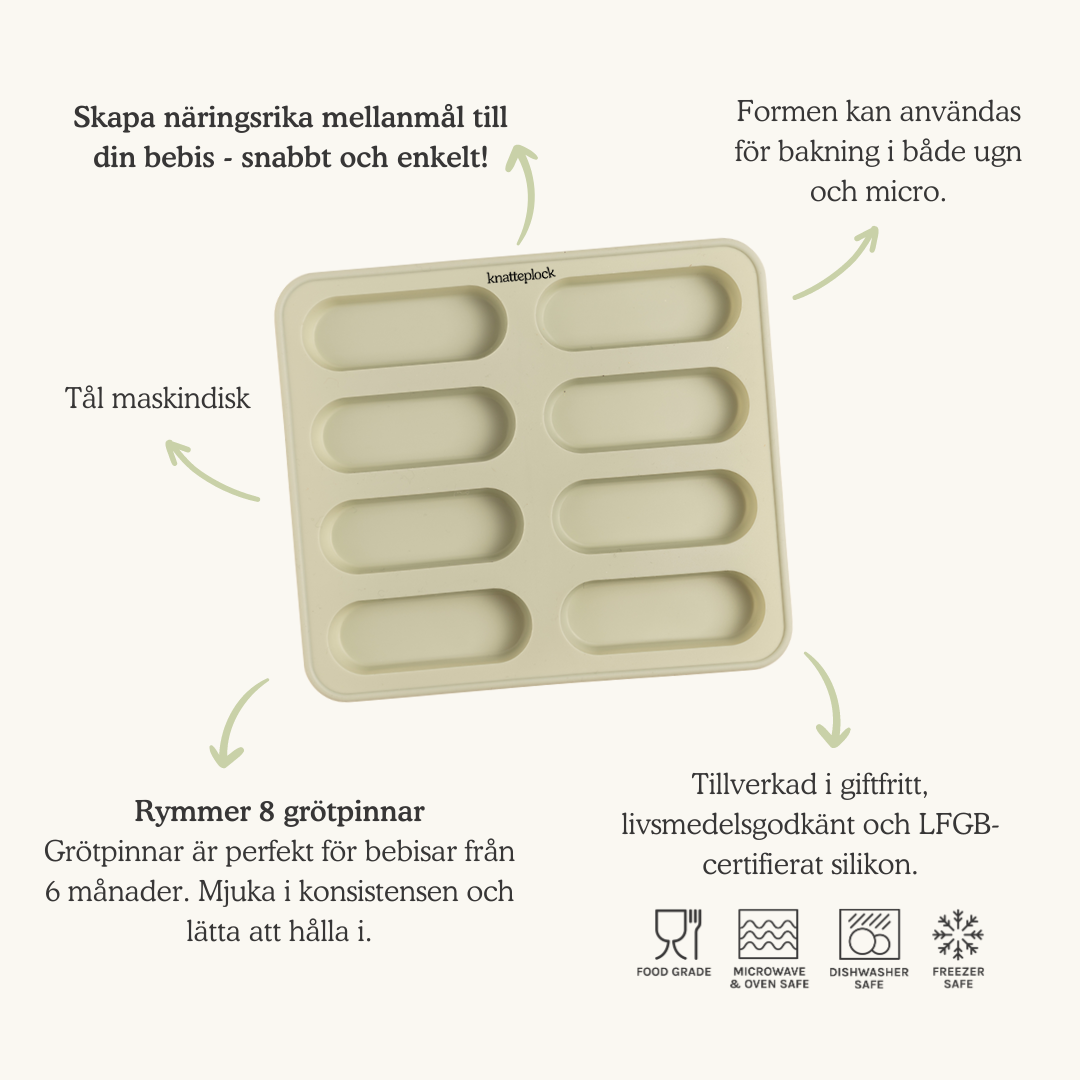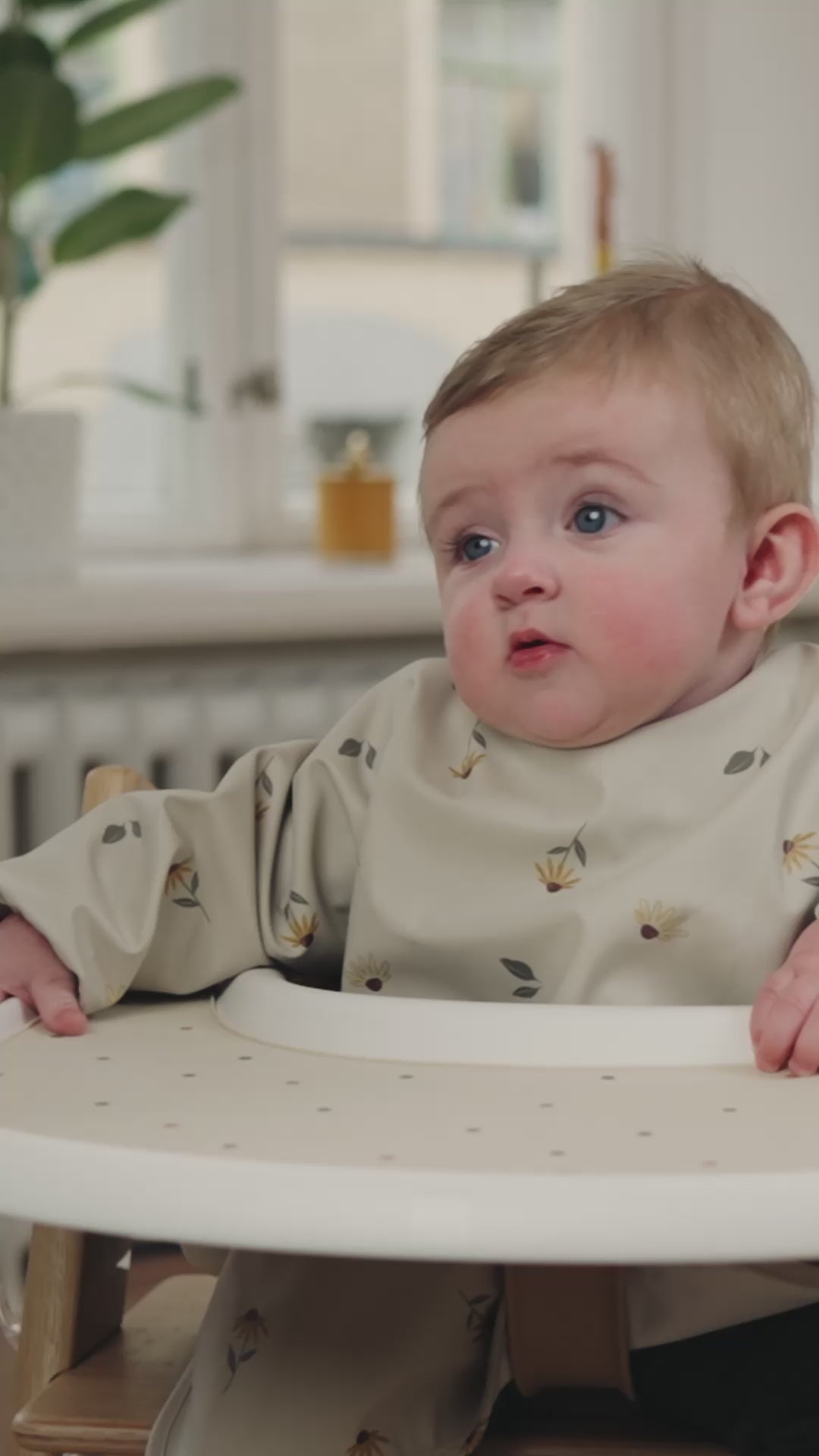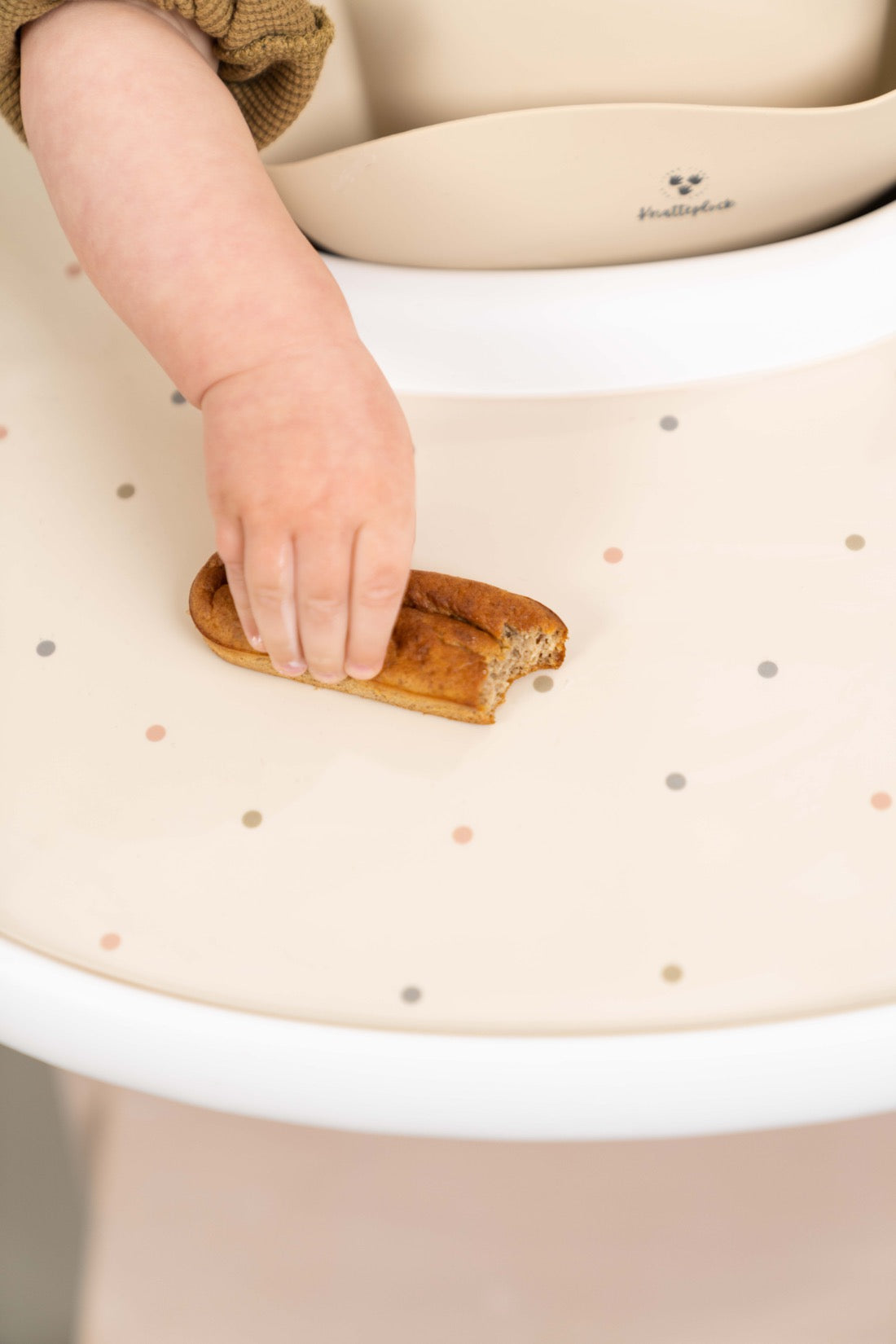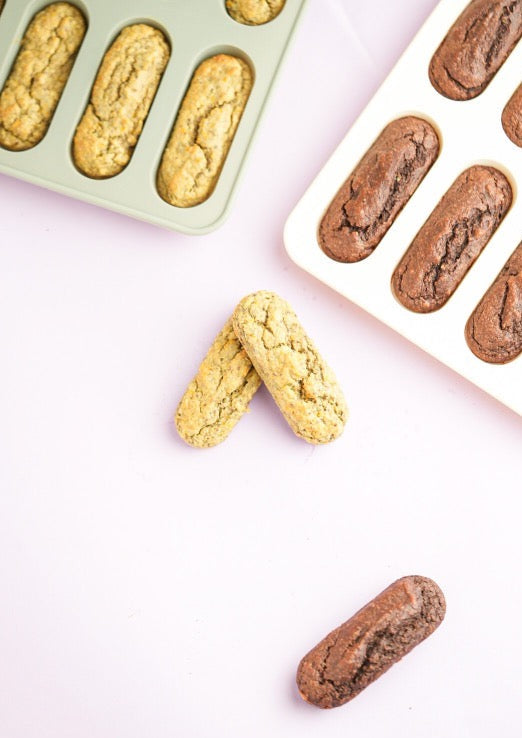Can you make homemade porridge that is just as nutritious as the one you buy in the store?
The answer is yes!
Many people buy ready-made porridge to ensure that their child gets a good dose of iron for breakfast, a snack or an evening meal. It can feel safe to know that iron has been added to the porridge they buy and that it will be enough for a child's portion.
If for some reason, such as financial reasons, you want to make your own porridge, that's just as good. You can also make delicious, iron-rich porridge for your child at home. So it's not necessary to buy ready-made porridge.
If you're keen to try making your own porridge but at the same time want to feel confident about the content, this post is the guide for you. Read on and you'll find both ideas, tips and recipes!
Recommended iron intake for children:
- 6-11 months: 10 mg per day
- 1-6 years: 7 mg per day
- 7-10 years: 9 mg per day
Source: https://www.livsmedelsverket.se/livsmedel-och-innehall/naringsamne/salt-och-mineraler1/jarn
Iron content in purchased baby porridge:
Purchased baby porridge contains added iron and also other vitamins and minerals.
If we focus on iron in this post, most brands have between 8.5-10 mg of iron per 100 grams of porridge powder. This means that one serving of porridge contains about 2.6-3 mg of iron.
Iron-rich ingredients in homemade oatmeal:
If we assume that we make our own oatmeal porridge and then add either mixed whole wheat bread or mixed/mortared pumpkin seeds for extra iron, we can calculate how much extra iron we need to add to the oatmeal porridge for it to match the iron content of the purchased porridge.
1 dl oatmeal – about 1.9 mg iron
0.5 dl oatmeal – 0.95 mg iron
1 teaspoon of flatbread about 1.5 mg of iron
1 tbsp pumpkin seeds about 1 mg iron
How much whole wheat bread or pumpkin seeds should you add to your oatmeal porridge to roughly match the iron content of store-bought porridge?
If you make a porridge portion of 0.5 dl of oatmeal, you can add either 1 teaspoon of wholemeal bread or 2 tablespoons of pumpkin seeds.
If you make a porridge portion of 1 dl of oatmeal, you can add either 0.5 teaspoon of wholemeal bread or 1 tablespoon of pumpkin seeds.
You can of course also use other seeds such as sunflower seeds to get an iron supplement for the porridge, we used pumpkin seeds in our calculation example to easily demonstrate the logic.
Source: Swedish National Food Administration database [EO1]
Heme iron vs non-heme iron
It may be good to know that the body more easily absorbs heme iron, the type of iron often found in animal products (e.g. in wholemeal bread, blood), than non-heme iron found in, for example, pumpkin seeds.
So you "go further" with the iron found in flatbread, liver pâté, black pudding, beef, etc. than with the iron found in legumes, seeds and nuts.
Bioavailability (i.e. the iron that the body can absorb from food and utilize) is about 25% for heme iron and about 5% for non-heme iron.Meat and fish also contain protein that further promotes the body's absorption of non-heme iron, the so-called "meat factor". [EO2] [EO3]
Even the added iron in the purchased baby porridge has a certain bioavailability. However, if we were to take bioavailability into account in the calculation example, it would quickly become very complicated as it depends on many different factors. For the average person, there is no need to blindly stare at bioavailability, but it is better to start from the broad strokes and try to include sources of heme iron in the diet regularly.
The limits for recommended daily intake of iron have taken into account that children consume both heme iron and non-heme iron.
Sources:
[EO2] https://nutritionsfakta.se/2020/07/14/ratt-beredning-och-processning-av-vaxtbaserade-livsmedel-minskar-risk-for-brist-pa-jarn-och-zink/
[EO3] Moretti D. Plant-Based Diets and Iron Status. In Vegetarian and Plant-Based Diets in Health and Disease Prevention, Chapt 39, 2017, Elsevier Inc p 715.
Hunt J. Bioavailability of iron, zinc and other trace minerals from vegetarian diets. Am J Clin Nutr 2003;78(suppl):633S.
How do you make iron-rich homemade porridge?
Making homemade iron-rich porridge is not difficult or bad. You boil or microwave the porridge just as usual and include an extra iron-rich ingredient, such as whole wheat bread. This makes the porridge at least as iron-rich as the store-bought one.
Recipe for homemade porridge
Porridge toppings
Since ready-made porridge is often enriched with other minerals and vitamins than just iron, you can match this by serving the homemade porridge with some fruit puree, fresh fruit or berries, and a milk drink of your choice. This way you get even more nutrients into your porridge meal.
Berries and fruit also help the body absorb iron more easily, because they contain vitamin C. You can also add a dash of rapeseed oil or nut butter to the porridge for extra fat.
Do you have to make oatmeal porridge for a baby?
No, it's perfectly fine to make baby porridge with whole oatmeal, but you can use oat flour if you or your child likes that consistency.
Recipes for side dishes
Here we have collected our favorites for porridge.
Our pre-spoon
Our pre-spoon is the perfect beginner spoon. All the child needs to do is place the spoon on the porridge for it to stick - the holes ensure that the porridge stays in the spoon.











